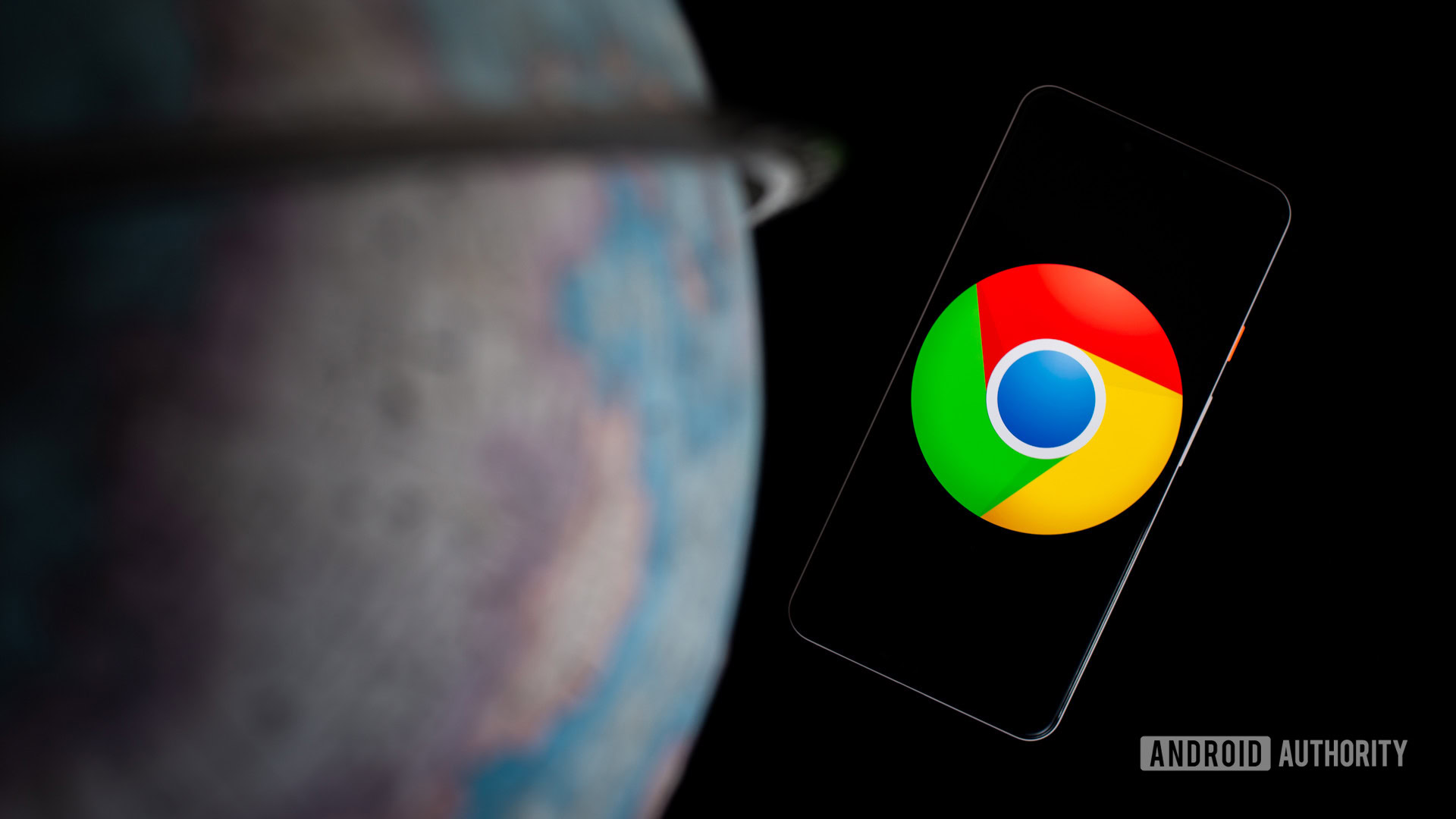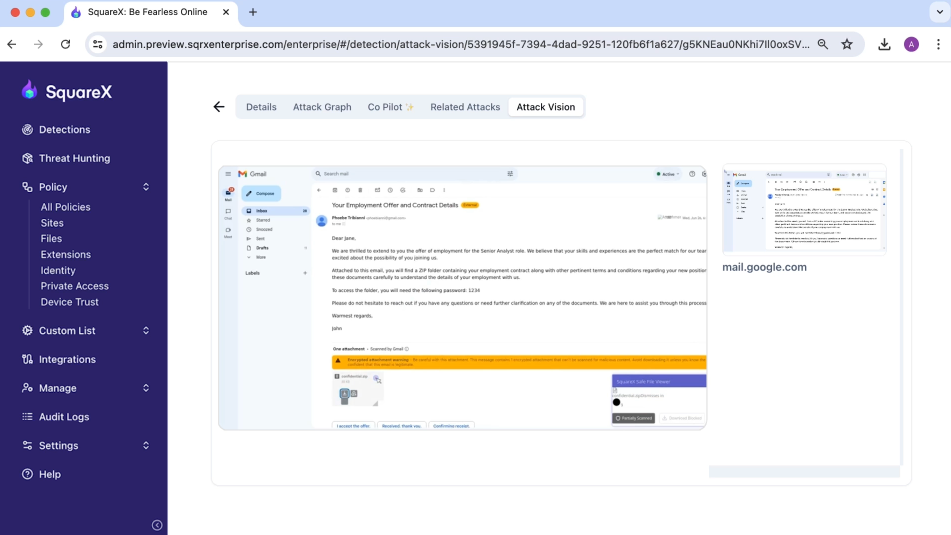Telenor IoT is claiming to have taken a major leap forward in the internet of things (IoT) sector by becoming one of the first to adopt GSMA SGP.32, the latest embedded subscriber identity module (eSIM) standard, developed specifically to address the challenges of IoT.
SGP.32 is a global, next-generation eSIM standard created by the GSMA, the industry body responsible for mobile communication standards, for remote SIM provisioning in IoT devices – especially those with no user interface. It is designed fundamentally to enable large-scale, hands-off management of eSIM profiles, making it easier to deploy and operate IoT without physical access.
Explaining why SGP.32 matters for IoT deployments, Telenor IoT said while eSIM technology has been available for consumer devices, managing these digital SIM profiles in IoT devices comes with unique challenges. For example, many IoT devices lack a user interface, making manual SIM management impractical.
SGP.32 has been designed to address such limitations and builds on existing eSIM technology, introducing a more efficient way to remotely manage IoT connectivity. It allows SIM profiles to be managed remotely through a centralised platform, enabling automated updates and provisioning – even for devices without user interfaces or located in hard-to-reach areas.
This is said to be ideal for devices deployed in remote, high-volume environments, such as for managing large-scale global fleets of devices efficiently and securely. SGP.32 is also said to support lightweight profiles, optimising performance for low-power devices, and allows network switching without the need to replace physical SIM cards.
The new standard facilitates future-proof deployments and simplifies global IoT operations by allowing businesses to use a single stock keeping unit (SKU) across all markets, thereby reducing logistical complexity and cost, and making deployment more efficient.
Telenor IoT expects to launch a fully standardised, future-proof solution incorporating the new specifications from autumn 2025, as soon as standardised SGP.32 eSIMs become commercially available. It said this would ensure businesses can future-proof their deployments and adapt effortlessly to evolving business needs.
In addition, the launch is seen as reinforcing the importance of standardisation. A fully standardised SGP.32 solution ensures interoperability across devices, avoids supplier lock-in, and guarantees long-term compatibility with evolving technologies and networks.
Telenor IoT believes its existing global managed connectivity solutions already provide customers with access to multiple networks per country, enabling scaling and optimal network selection. By adding SGP.32 to its offering, Telenor IoT said it was confident that it could now give its customers the ability to scale and control IoT deployments even further – combining AI-powered monitoring, real-time analytics and remote SIM management in one “powerful” solution.
Commenting on the launch, Mats Lundquist, CEO of Telenor Connexion and head of Telenor IoT, said: “Telenor IoT has always been quick to adopt new standards and was among the first operators to launch SGP.02, the first eSIM standard for IoT. By launching SGP.32, we’re enabling the move towards a world of seamless, secure and standardised IoT connectivity, essential for long-term success in the IoT space.
“This is more than a technology upgrade – it’s marking a significant shift in the evolution of global connectivity that will simplify operations for our customers and reduce long-term integration challenges.”
Telenor IoT is already offering test agreements, enabling customers to begin exploring the benefits of SGP.32 ahead of full commercial availability.








